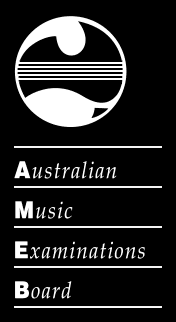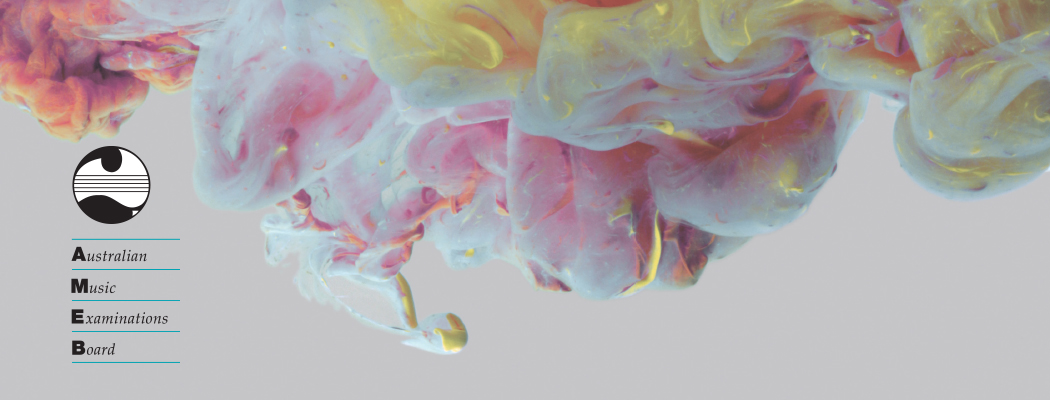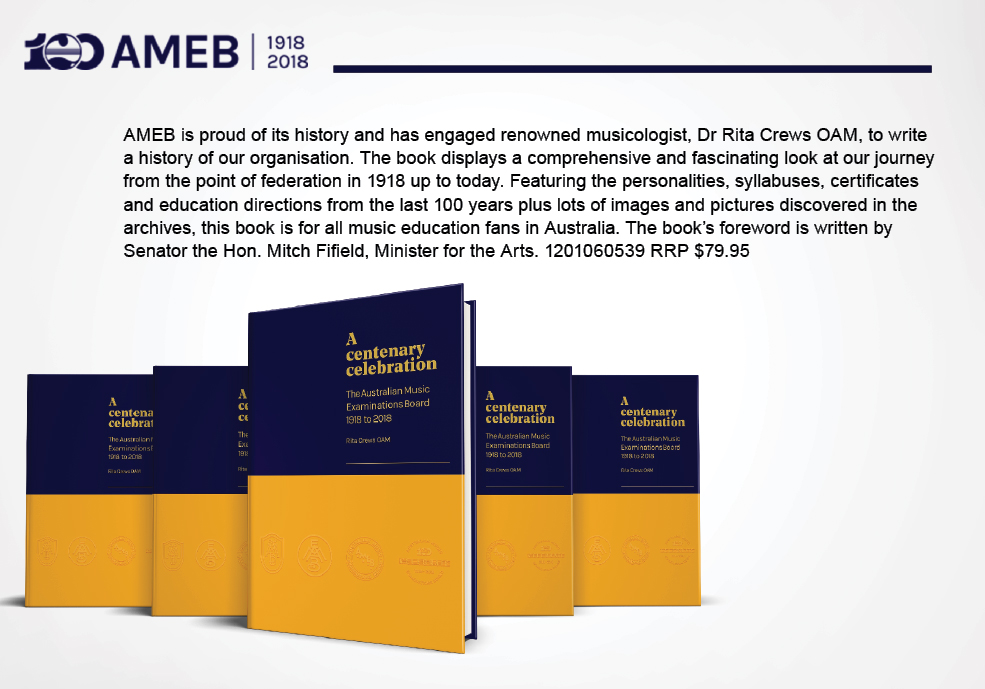In the same year AMEB is celebrating their Centenary, they will also be releasing a new piano syllabus for use from 2019. This will be the first full revision of the syllabus since 2008 and the release will include new technical work, repertoire (including new Manual lists and grade books) and sight reading, bringing the syllabus into line with current international best practice. We were very fortunate here at The Piano Teacher to talk to David Lockett, the principal consultant of this piano review, to get some insights on this new release.

How will this new syllabus be different from those that have preceded it?
The opportunity to review and reshape a syllabus does not arise very often, so we really wanted to look at every element and come up with something that is fresh and fit for purpose. Previous syllabus writers have all done a great job selecting and organising repertoire lists, and much of that material still represents the best of what is available. However, many wonderful new resources have appeared in recent years and we were keen to incorporate them and to give the repertoire lists a fresh, new feel. And, of course, there is a vast amount of fabulous older repertoire that hardly anybody knows, and we wanted to share that as well. So the new grade books and manual lists represent a mix of old and new, familiar and unfamiliar.
However, the project is about much more than mere refreshment. There are two areas of significant change that will set this syllabus apart from its predecessors. One is its approach to technical work, and the other is the introduction of opportunities for pianists to involve themselves in collaborative music making.
What approach are you taking to the technical work requirements in the new syllabus?
I think it is well understood that strong technical foundations lie at the root of all comfortable, expressive and rewarding music making, no matter what the instrument and style. However, young people today have so much going on in their lives that they don’t always have the time or, let’s face it, the motivation to spend hours and hours drilling scales and arpeggios. So we have tried to take a strategic approach to technical work that achieves the desired results, but in a way that is not too burdensome and, hopefully, is even engaging and enjoyable. Yes, scales and arpeggios remain as key ingredients (pun acknowledged), though we have changed the number and sequencing of keys in each grade. The exciting new element is a collection of very short, very focussed exercises that are being specially composed to support and complement the more traditional technical content. As a whole, the technical work will have a very new but very friendly look. And it will all be directed towards supporting engaged and expressive music making.
“We really wanted to look at every element and come up with something that is fresh and fit for purpose.”
How do you go about such a vast and diverse task?
We commenced the project early in 2017, and most of last year was spent investigating the available repertoire and developing our ideas about technical work. The most crucial element of the process has been assembling the right team of contributors. In Jeanell Carrigan, Glenn Riddle, Helen Smith, and Angela Turner, we have an amazing accumulation of knowledge, experience, commitment and goodwill. Each of these highly qualified and highly respected professionals has taken carriage of one aspect of the syllabus, testing their ideas on the rest of the group on the way to developing the final content, and this collaborative approach has worked really well.
In fact, we were able to extend the process of collaboration and collegiality still further by running a series of consultation groups with teachers and examiners in Adelaide, Brisbane, Melbourne and Sydney (with additional representatives flown in from Hobart and Perth). We thought that this was an important way in which we could run our ideas past some of the people who will actually be using the syllabus, as well as enabling us to hear a range of other constructive thoughts that we were then able to feed into the process. These were really enjoyable, stimulating and helpful meetings.
Are there any other innovations that teachers and candidates will notice in the new syllabus?
The other big news, alluded to earlier, is that candidates preparing for level 2 will now be able to present one or more collaborative works as part of their examination programs. Players on other instruments have ample opportunities to experience the joys of collaborative music making, whether by working with a pianist or by performing as part of small or large ensembles. Perhaps the most rewarding component of my own career has been the performances I have been able to give with other instrumentalists and singers. My fellow consultants and I wanted to actively encourage students to broaden their notion of what it is that pianists actually do. We really hope that teachers will embrace this optional element of the syllabus and that candidates will enjoy both the social aspects of playing with someone else and the distinctive learning experiences that such activity can generate.

